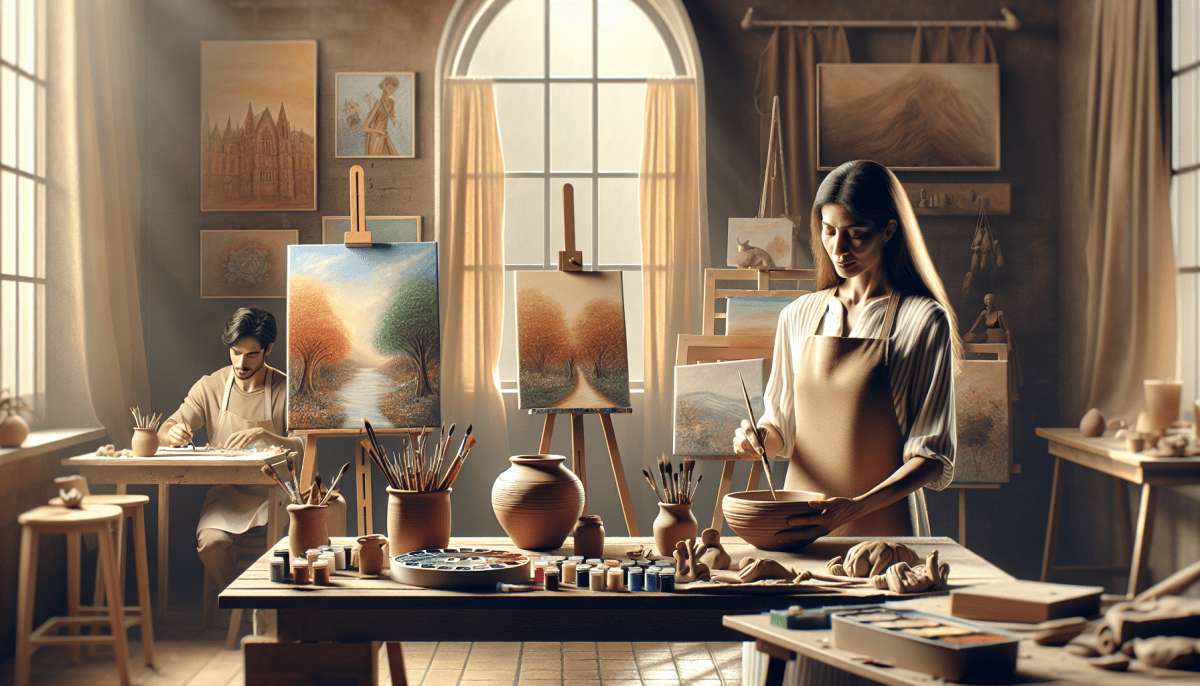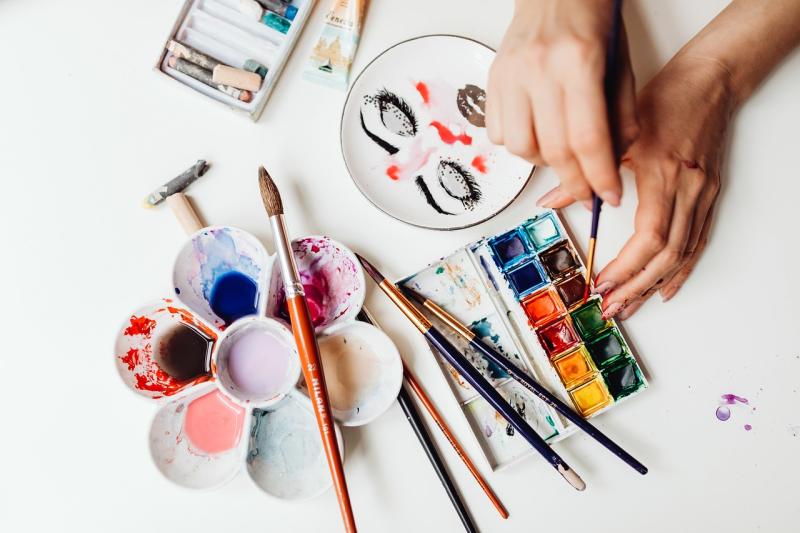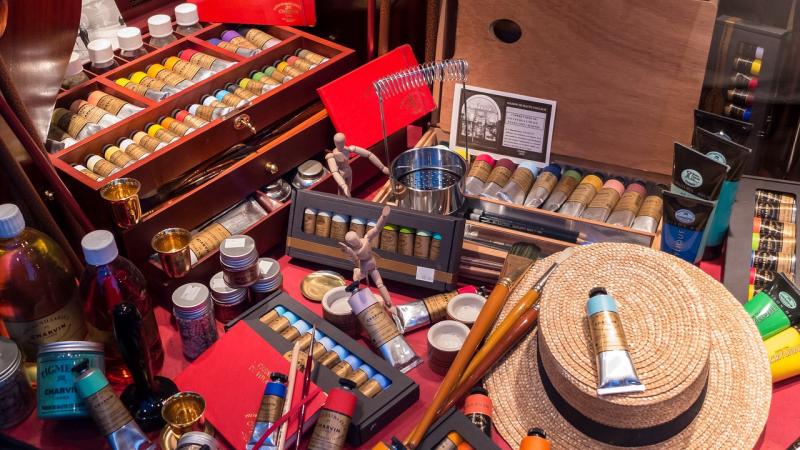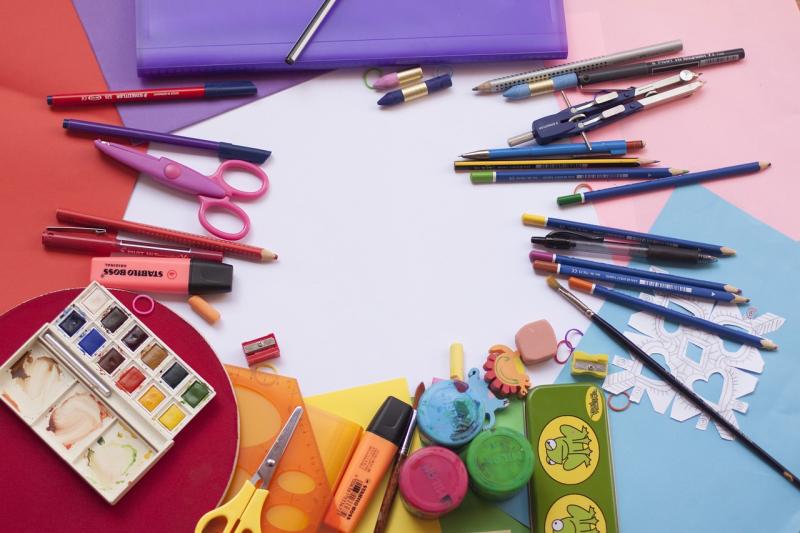Art therapy is a fascinating approach that combines creativity with psychological healing. In this unique form of therapy, individuals are encouraged to express themselves through various art forms, such as painting, drawing, and sculpture. By engaging in creative activities, people can explore their emotions, develop self-awareness, and better understand their thoughts and feelings. This process often provides a safe space for self-expression, making it especially beneficial for those who may struggle to articulate their feelings verbally.
One of the primary goals of art therapy is to promote healing and personal growth. In a supportive environment, participants can confront challenging emotions, such as grief, anxiety, or depression, which may be difficult to address otherwise. The act of creating art can serve as a therapeutic outlet, allowing individuals to release pent-up emotions and reduce stress. Recognizing that everyone’s creative expression is unique, art therapy welcomes all skill levels—no prior art experience is necessary!
Art therapists use a variety of techniques to guide clients through the process. They might present prompts or themes to help inspire creativity or provide different materials to explore new forms of expression. Additionally, art therapy can be highly adaptable, catering to individuals, groups, or even families. This versatility makes it an effective option for diverse populations, including children, adults, and those facing various life challenges.
Overall, the beauty of art therapy lies in its ability to foster connection and self-discovery. Participants can gain insight into their emotional world, develop coping strategies, and experience a sense of accomplishment through their artwork. By harnessing the power of creativity, art therapy offers a powerful pathway towards healing, encouraging individuals to embrace their unique journeys of self-exploration and transformation.
Benefits of Creative Expression
Creative expression can be a powerful tool for healing. Many individuals find comfort and release in engaging with art, whether it’s painting, drawing, writing, or playing music. By allowing thoughts and feelings to flow onto a canvas or page, people can explore emotions that may be difficult to articulate verbally. This process can lead to greater self-awareness and emotional clarity, helping individuals to better understand their experiences.
Another significant benefit of creative expression is its ability to reduce stress and anxiety. Focusing on the act of creating takes the mind off daily worries and pressures. It provides a safe space to channel intense feelings, turning chaos into something beautiful. Many art therapy participants report feeling more relaxed and at peace after completing a creative session, making it an effective way to cope with life's challenges.
Moreover, creative activities foster a sense of accomplishment and boost self-esteem. When individuals create something meaningful, they gain a sense of pride and ownership over their work. This achievement can be incredibly empowering, especially for those who may have felt powerless in other areas of their lives. Art becomes a visual representation of their struggles and victories, reminding them of their resilience.
Lastly, creative expression encourages connection and community. Sharing art with others or participating in group creative activities can help individuals feel less isolated in their experiences. These interactions often lead to friendships and support networks, enhancing mental and emotional wellbeing. By coming together through creativity, individuals can share their stories, inspire each other, and heal collectively.
Techniques for Artistic Healing
Artistic healing encompasses various techniques that allow individuals to express their thoughts and emotions creatively. One popular technique is painting. Through vibrant colors and sweeping brush strokes, participants can visually represent their feelings, creating a tangible connection to their inner world. This process not only promotes relaxation but also serves as a powerful tool for self-discovery and emotional release.
Another technique is sculpture or three-dimensional art. Working with clay or other materials encourages tactile engagement, offering a physical way to process emotions. As individuals mold and shape their creations, they often find that the act of manipulation helps to clarify their feelings and thoughts. This form of art can be especially helpful for those who find verbal expression challenging.
Collage-making is also a popular method in art therapy. By cutting, gluing, and arranging pieces of paper, photographs, and other materials, participants can explore various themes and memories. This technique allows for a layered approach, where individuals can combine different aspects of their lives in a visually engaging way. The collage becomes a visual narrative, providing insight into their experiences and emotions.
Additionally, creative writing and poetry can play a significant role in artistic healing. Writing offers a unique avenue for expression, allowing individuals to reflect on their experiences through words. Whether it’s penning a poem or journaling their thoughts, this technique fosters a deeper understanding of one’s feelings and can lead to profound personal growth.
Overall, the diverse techniques employed in artistic healing make it a versatile form of therapy. Each method allows for unique expressions and realizations, empowering individuals to explore their creativity while addressing their emotional well-being.
Real Stories of Transformation
Many people have discovered the healing power of art therapy through their personal experiences. John, a veteran struggling with PTSD, attended an art therapy group to find a new way to express his emotions. Initially hesitant, he picked up a paintbrush and began to pour his thoughts onto the canvas. Each stroke helped him release his frustrations and fears, allowing him to confront his emotions without judgment. Over time, John found a sense of peace and clarity through his art, transforming his trauma into a vibrant depiction of resilience.
Sarah, a young woman coping with anxiety, found solace in creating collages. By cutting out images and words that resonated with her feelings, she was able to visualize her thoughts in a new way. This creative process became a safe space for her, helping to alleviate some of her anxiety. Through her collages, Sarah felt empowered to tell her story and connect with others experiencing similar struggles, showing how art can foster community and understanding.
Another inspiring story is that of Maya, a child diagnosed with autism. Her parents enrolled her in an art therapy program, hoping to help her communicate better. With the guidance of a skilled therapist, Maya used clay to express herself. As she sculpted, she began to show more emotions and engage with others. The art became a bridge for communication, allowing her to express feelings that were often hard for her to put into words. Through this process, Maya not only developed her artistic skills but also blossomed socially, creating connections with her peers.



